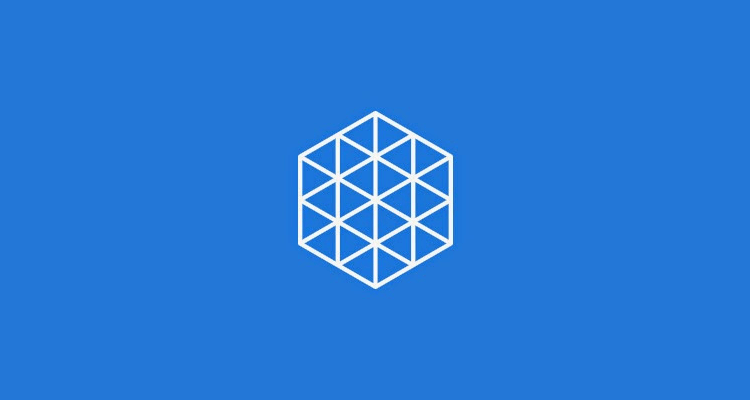Did you know that Olivia Hallisey, a 16-year-old sophomore at Greenwich High School in Connecticut, developed an Ebola Assay Card because she wanted to save lives with a quicker way to detect Ebola? Or what about, Anika Cheerla, the 13-year-old attending John F. Kennedy Middle School who developed a tool for doctors to diagnose Alzheimer’s. These impressive scientific breakthroughs are just some of the amazing possibilities being showcased and discovered at the annual Google Science Fair.
The Google Science Fair is an online science competition that began in January 2011. The competition is open to 13–18-year-old students around the globe. All submissions must formulate a hypothesis, perform an experiment, and present results—the projects must be in English, German, Italian, Spanish, or French. The fair is sponsored by Google, LEGO, Virgin Galactic, National Geographic, and Scientific American. Each entry is judged on an eight-core criteria, which includes the student’s presentation, question, hypothesis, research, experiment, data, observations, and conclusion. Prizes are awarded to three finalists. The grand prize includes a National Geographic trip to the Galapagos Islands, a $50,000 scholarship, and an “experience” at a sponsoring organization; finalists will receive a $25,000 scholarship and assorted packages from sponsoring organizations.
2015 winner Olivia Hallisey told CNBC, “Up to 90 percent of victims will die without early diagnosis and medical intervention. Current detection methods are expensive, time-consuming, and utilize complex instrumentation and chemicals that require uninterrupted refrigeration. My device will allow for shipment and storage without refrigeration, and provide detection of the Ebola viral antigens based on color change in as little as 30 minutes.” Hallisey explained that she was inspired to proceed with her experiment after reading articles about the deadly Ebola outbreak in West Africa. “I knew I wanted a simple and stable solution to a complex problem like infectious diseases. So I started looking into ways on how to limit the spread of this deadly disease,” Hallisey said in the interview.
The Google Science Fair encourages children around the world to discover the answers to the world’s largest challenges with science and math. The fair’s website also provides teachers and mentors with lesson plans and other toolkit information to further encourage and facilitate science and math contributions among today’s youth. There are even sections on the website to encourage interested participants. The site’s Make Better Generator helps students come up with project ideas by analyzing subjects that they love and are good at. This tool is fantastic because it helps children tap into their interests and apply science toward elements they may have otherwise never discovered.
The online science and engineering competition invites teens around the world to share their scientific interest, while also collectively making the world a better place. According to prior years, displayed on Google’s website, the competition opens annually for projects in February and closes in May. First, regional finalists and community impact winners are announced in July, and the global finalists are announced in August. The awards celebration is September 27, 2016. Visit the website for more information about Google’s Annual Science Fair.





































